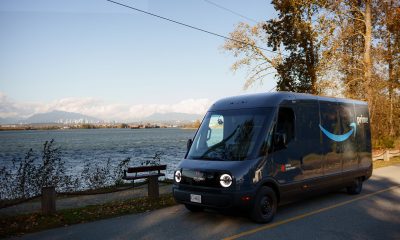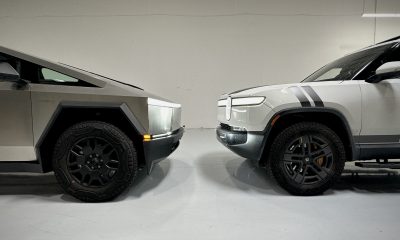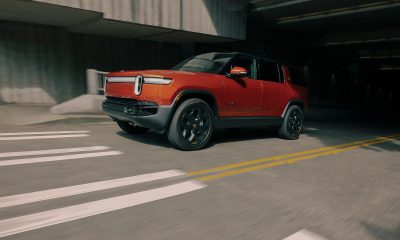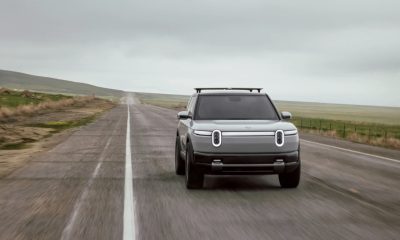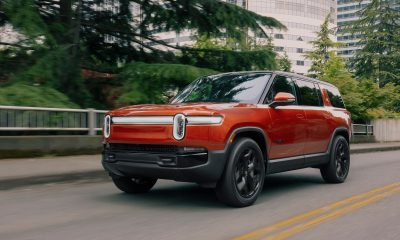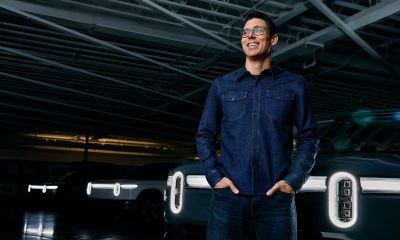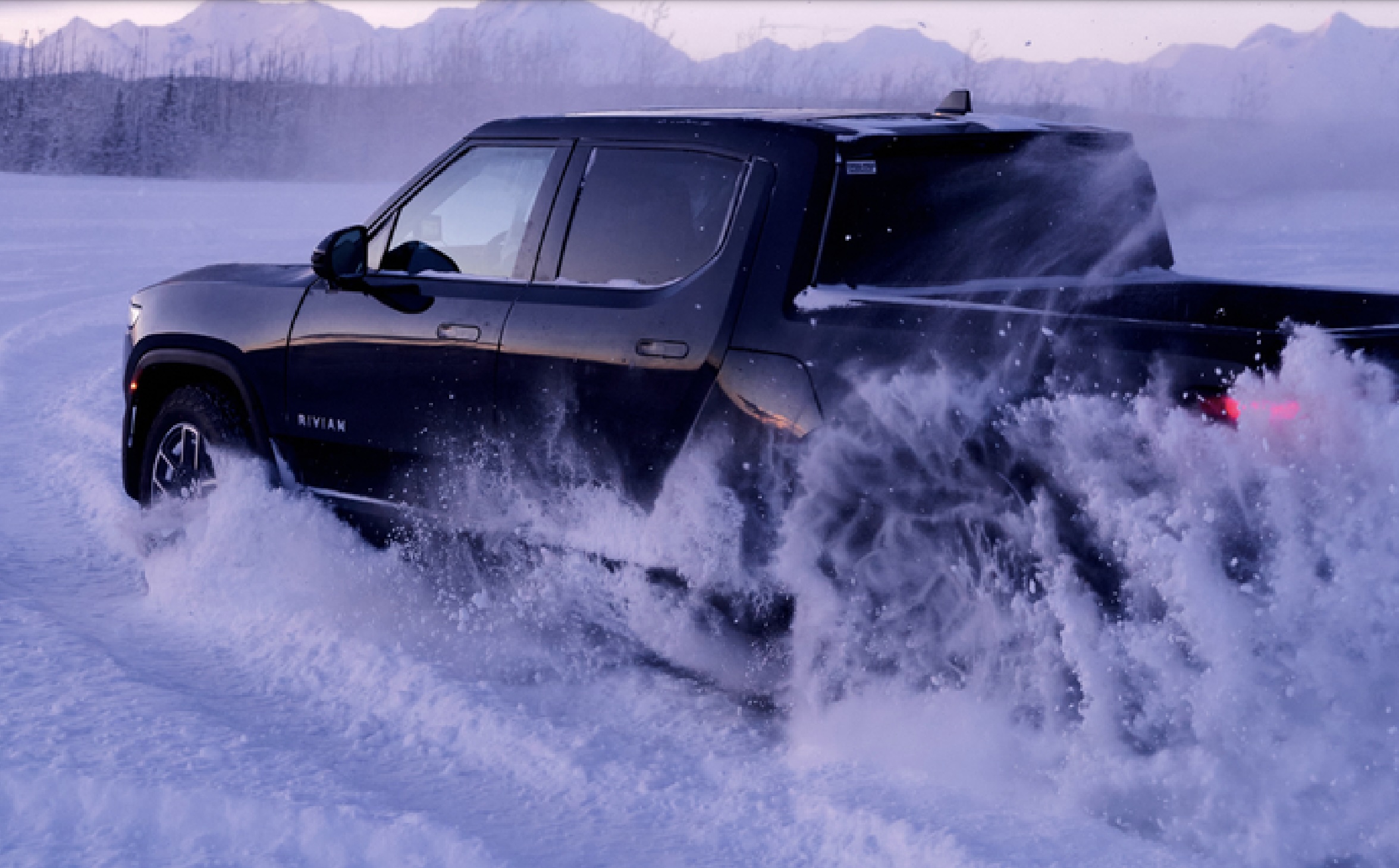
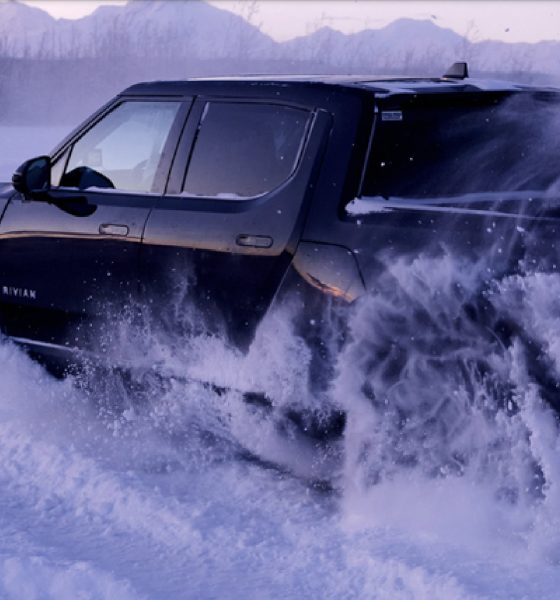
News
Rivian sets 2024 goals, including a 57,000 production target
Rivian recently held its earnings call for Q4 and Full Year 2023. In its Update Letter, the electric vehicle (EV) company set its 2024 goals, including reaching a 57,000 unit production target.
Rivian reported producing 57,232 R1 electric vehicles in 2023, delivering 50,122 units. It exceeded its original production guidance for last year by 7,000 EVs. Analysts noticed the discrepancy between Rivian’s production and delivery numbers in the fourth quarter of 2023, which was greater compared to previous quarters last year. However, Rivian’s delivery numbers improved by 147% between the fourth quarter of 2022 and 2023, revealing some growth in the company.
Rivian set its production goals to 57,000, a little less than its production numbers for 2023.
“We expect 2024 production to be flat year-over-year with total units of 57,000. The changes we plan to make in our R1 manufacturing line during the mid-year shutdown [sic] are designed to deliver greater plant efficiency with [the] production rate expected to improve by approximately 30%,” noted Rivian in its Update Letter.
The EV manufacturer’s goals for 2024 appear to center around efficiency and growth in other areas, including launching better platforms and technologies, improving cost efficiency, and enhancing customer experience. Rivian’s decision to focus on these areas will likely ease its transition when it eventually aims to increase production and deliveries.
Rivian is set to unveil its R2 vehicle next month. The company plans to launch the electric R2 SUV in North America and Europe. The goals it set this year would probably make the R2’s production and deliveries run smoother.
If you have any tips, contact me at maria@teslarati.com or via X @Writer_01001101.
Elon Musk
Tesla schedules Roadster unveiling event, and you won’t believe when it is
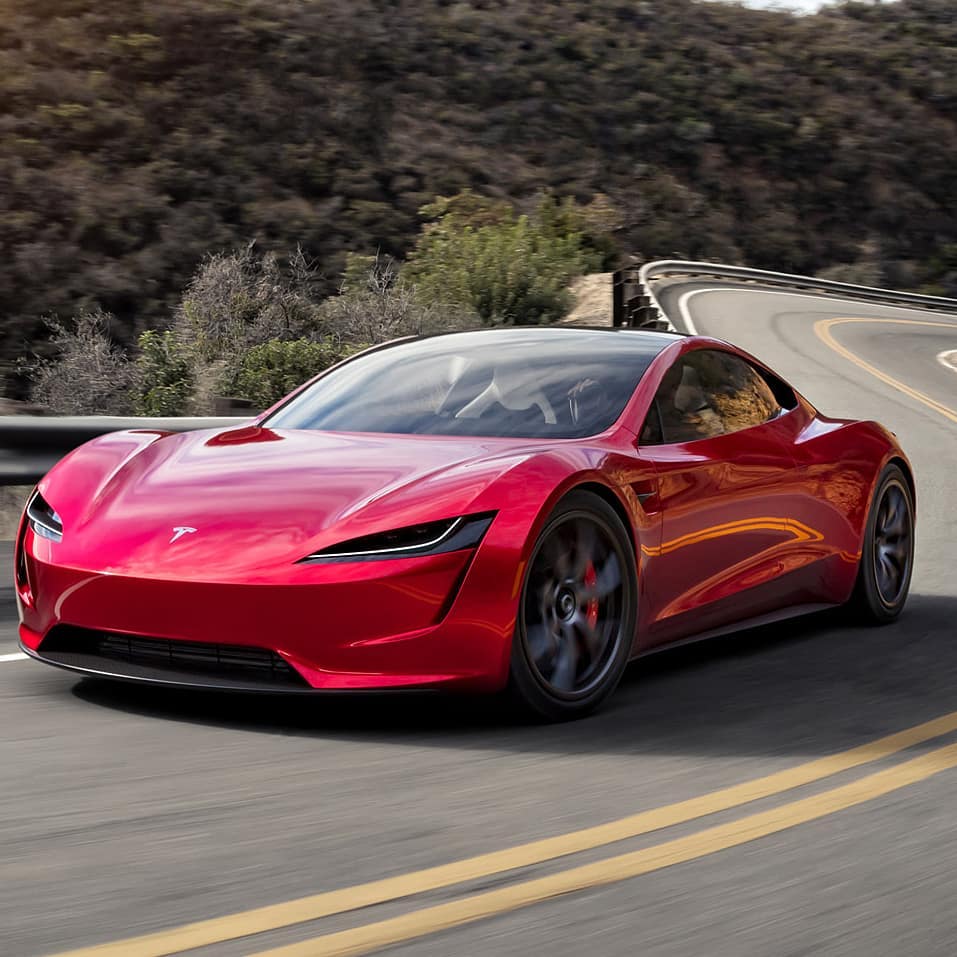
Tesla has tentatively scheduled its unveiling event for the Roadster’s next-generation iteration, and you will not believe the date the company picked for it.
Tesla CEO Elon Musk said during the 2025 Annual Shareholders Meeting that the company is aiming for an April 1 demo event.
Yes, April Fools’ Day.
🚨 Tesla’s unveiling event for the Roadster Gen 2 is scheduled for April 1, 2026.
Yes, April Fools’ Day. pic.twitter.com/sw09GUYFPV
— TESLARATI (@Teslarati) November 6, 2025
Tesla originally aimed for its “most epic demo” to take place at the end of this year. However, the writing on the wall as 2025 winds down seemed to indicate the company was not quite ready to show off everything it plans to implement into the Roadster.
Its capabilities have been teased quite heavily throughout most of the year, but the biggest hints came last week when Musk appeared on the Joe Rogan Experience Podcast.
He said:
“Whether it’s good or bad, it will be unforgettable. My friend Peter Thiel once reflected that the future was supposed to have flying cars, but we don’t have flying cars. I think if Peter wants a flying car, he should be able to buy one…I think it has a shot at being the most memorable product unveil ever. [It will be unveiled] hopefully before the end of the year. You know, we need to make sure that it works. This is some crazy technology in this car. Let’s just put it this way: if you took all the James Bond cars and combined them, it’s crazier than that.”
The Roadster has been somewhat of a letdown, at least in its newest version, thus far. Tesla has routinely delayed the project, putting those who put lofty down payments on the car in a weird limbo, lost at what to do.
One notable pre-orderer cancelled his reservation last week and got in a spat with Musk about it.
Now that there is a definitive date for the Roadster unveiling, Musk and Co. should have a more definitive cutoff date for features and capabilities. Chief Designer Franz von Holzhausen said earlier this year that when they showed Musk what they had done with the Roadster, the CEO encouraged them to do even more with it.
This delayed things further.
Musk also said he believes production would begin between 12 and 18 months after the unveiling, putting it out sometime in 2027.
Elon Musk
Tesla (TSLA) shareholders officially approve Elon Musk’s 2025 performance award
To earn his landmark pay package, Musk would be required to lift Tesla’s market capitalization from about $1.1 trillion today to $8.5 trillion over the next decade.
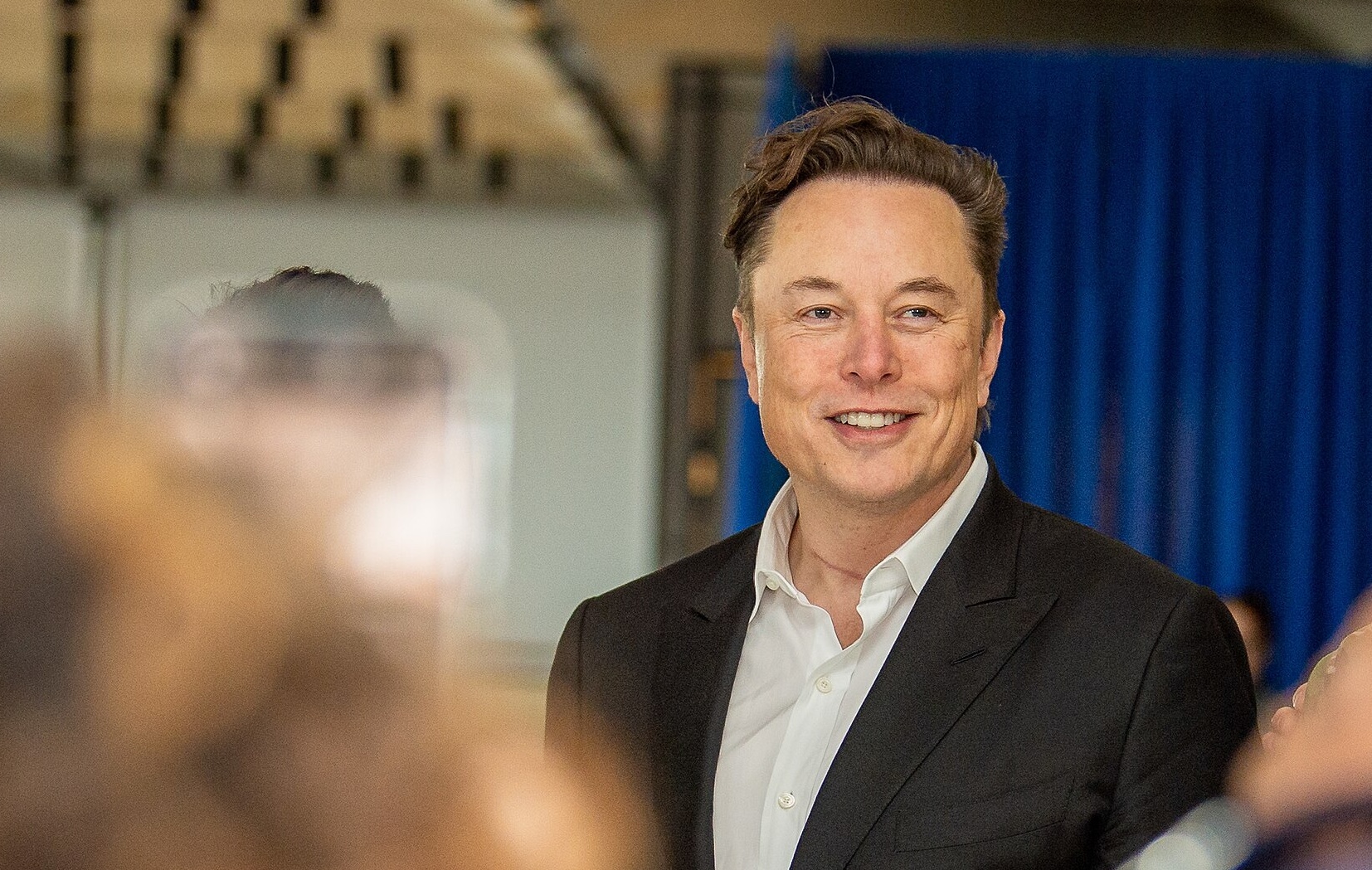
Tesla (NASDAQ:TSLA) CEO Elon Musk has officially approved his 2025 Performance Award, a landmark pay package that could make him the world’s first trillionaire and make Tesla the most valuable company in the world by a mile.
The 2025 CEO Performance Award was officially approved by Tesla shareholders at the 2025 Annual Shareholder Meeting.
Elon Musk‘s landmark pay package
As per Tesla, more than 75% of the shareholders approved Elon Musk’s 2025 CEO Performance Award. It was then unsurprising that the approval of Elon Musk’s pay plan received overwhelming applause from the event’s attendees.
The CEO took to the stage with much enthusiasm, welcoming every shareholder to the event and dancing briefly on stage. Optimus also danced on stage smoothly, demonstrating its improved movements to much appause.
Elon Musk’s 10-year targets
To earn his 2025 CEO Performance Award, Musk would be required to grow Tesla’s market capitalization from about $1.1 trillion today to $8.5 trillion over the next decade. At that level, Tesla would surpass every major public company in existence. The compensation plan also requires Tesla’s operating profit to grow from $17 billion last year to $400 billion annually.
Apart from leading Tesla to become the world’s biggest company in history, Musk is also required to hit several product targets for the electric vehicle maker. These include the delivery of 20 million Tesla vehicles cumulatively, 10 million active FSD subscriptions, 1 million Tesla bots delivered, and 1 million Robotaxis in operation.
Elon Musk
Tesla 2025 Annual Shareholder Meeting: How to watch
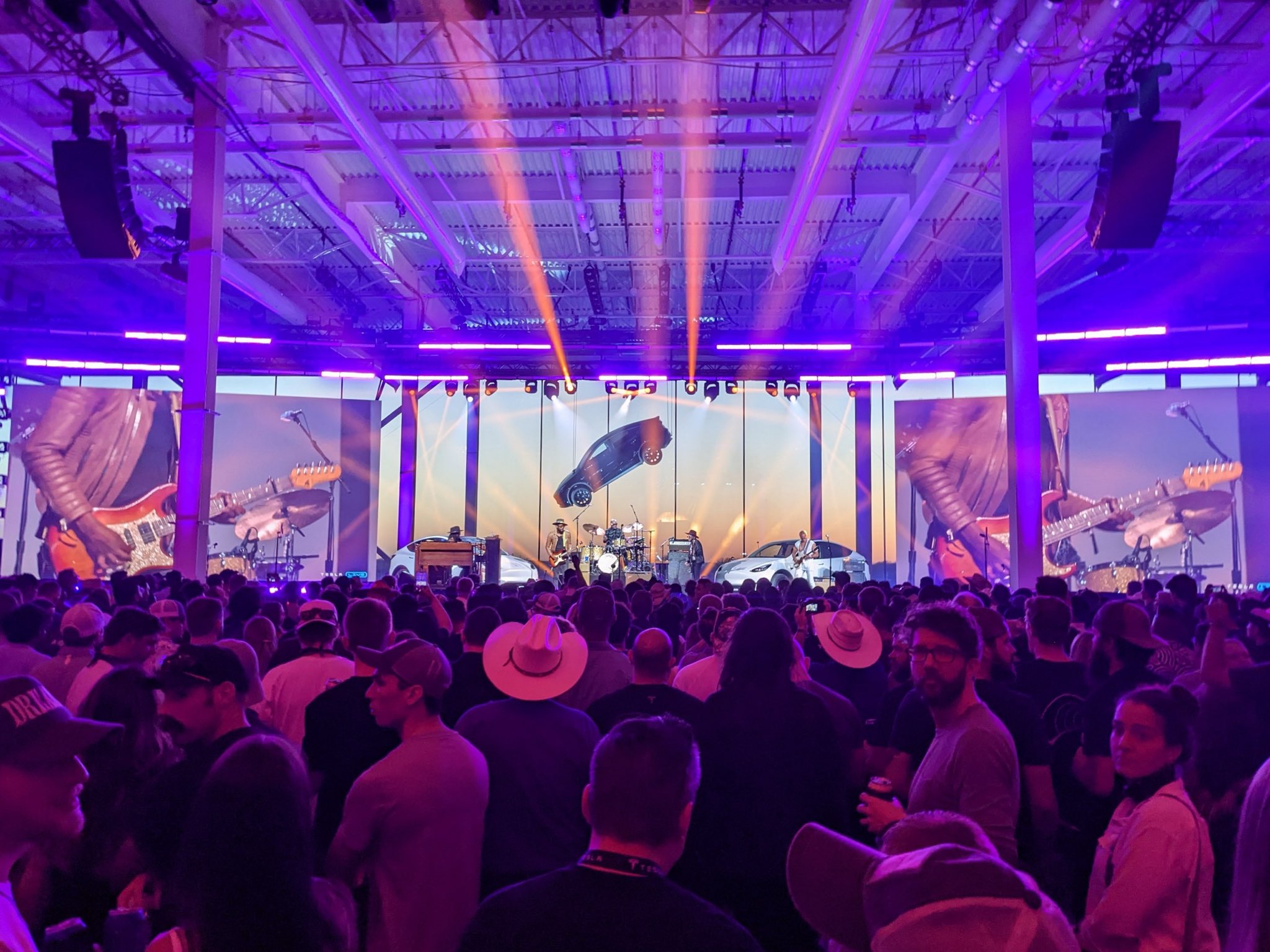
The 2025 Tesla Annual Shareholder Meeting from Gigafactory Texas is set to kick off at 4 p.m. EDT, 3 p.m. CDT.
The company will be having its typical presentation for the event, where CEO Elon Musk, along with other executives will discuss things like future products, the outlook of its self-driving development, potential releases for next year, and some current events within the company.
However, this year’s Shareholder Meeting has slightly more implications than others, as Investors and Shareholders have spent the last several months petitioning and supporting one of the proposals on the docket that could be the deciding factor in Musk staying or leaving Tesla.
Elon Musk’s new pay plan ties trillionaire status to Tesla’s $8.5 trillion valuation
Proposal four outlines a new compensation package for Musk that could give him $1 trillion in shares if he is able to complete a variety of lofty goals related to production, self-driving, and other important company projects.
Musk has said that he is truly after more influence on company decisions, especially as the Tesla Optimus program is ramping up and becoming a more relevant part of the company’s story.
The CEO said during the Q3 Earnings Call that he would not feel comfortable developing an “army of robots” if he did not have a comfortable amount of influence in some of the decisions. He could be voted our or out-influenced by what he calls “activist shareholders.”
One of those investors came after his past pay package, which was approved by shareholders not once, but twice. Musk still was not able to obtain the pay because of a Delaware Chancery Court ruling.
Nevertheless, this is one of the last ditch efforts Tesla is making to get Musk the compensation that he wants.
The meeting is set to kick off at 3 p.m. local time in Austin. You can watch it via the livestream on X:
Here is the link to Tesla’s 2025 Annual Shareholder Meeting:https://t.co/29dN4gkMWY
— TESLARATI (@Teslarati) November 6, 2025
-
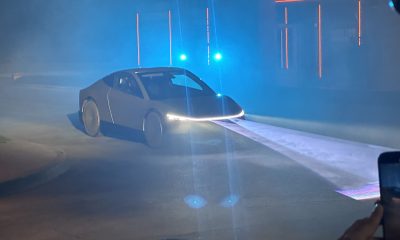
 News1 week ago
News1 week agoTesla Cybercab spotted testing on public roads for the first time
-

 Elon Musk6 days ago
Elon Musk6 days agoNeuralink’s first patient could receive an upgrade: Elon Musk
-
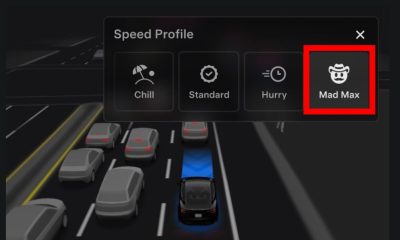
 News2 weeks ago
News2 weeks agoTesla ‘Mad Max’ gets its first bit of regulatory attention
-
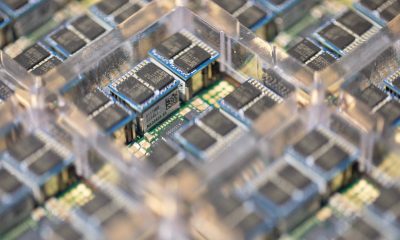
 News2 weeks ago
News2 weeks agoTesla reveals its plans for Hardware 3 owners who are eager for updates
-
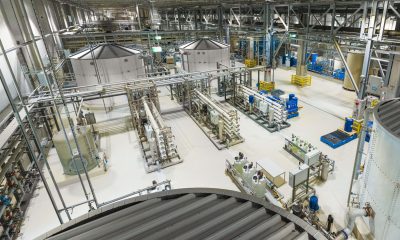
 News1 day ago
News1 day agoTesla Giga Berlin hits a sustainability milestone that’s so impressive, it sounds fake
-

 News7 days ago
News7 days agoNeuralink’s first human patient reflects on 21 months with brain implant “Eve”
-
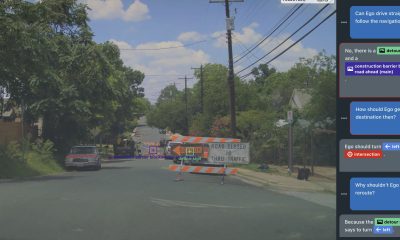
 News2 weeks ago
News2 weeks agoTesla VP explains why end-to-end AI is the future of self-driving
-
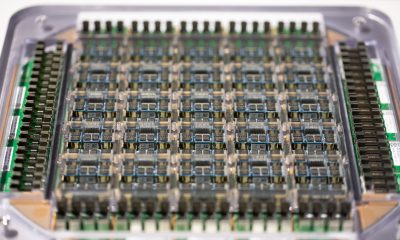
 News2 weeks ago
News2 weeks agoTesla shares AI5 chip’s ambitious production roadmap details


